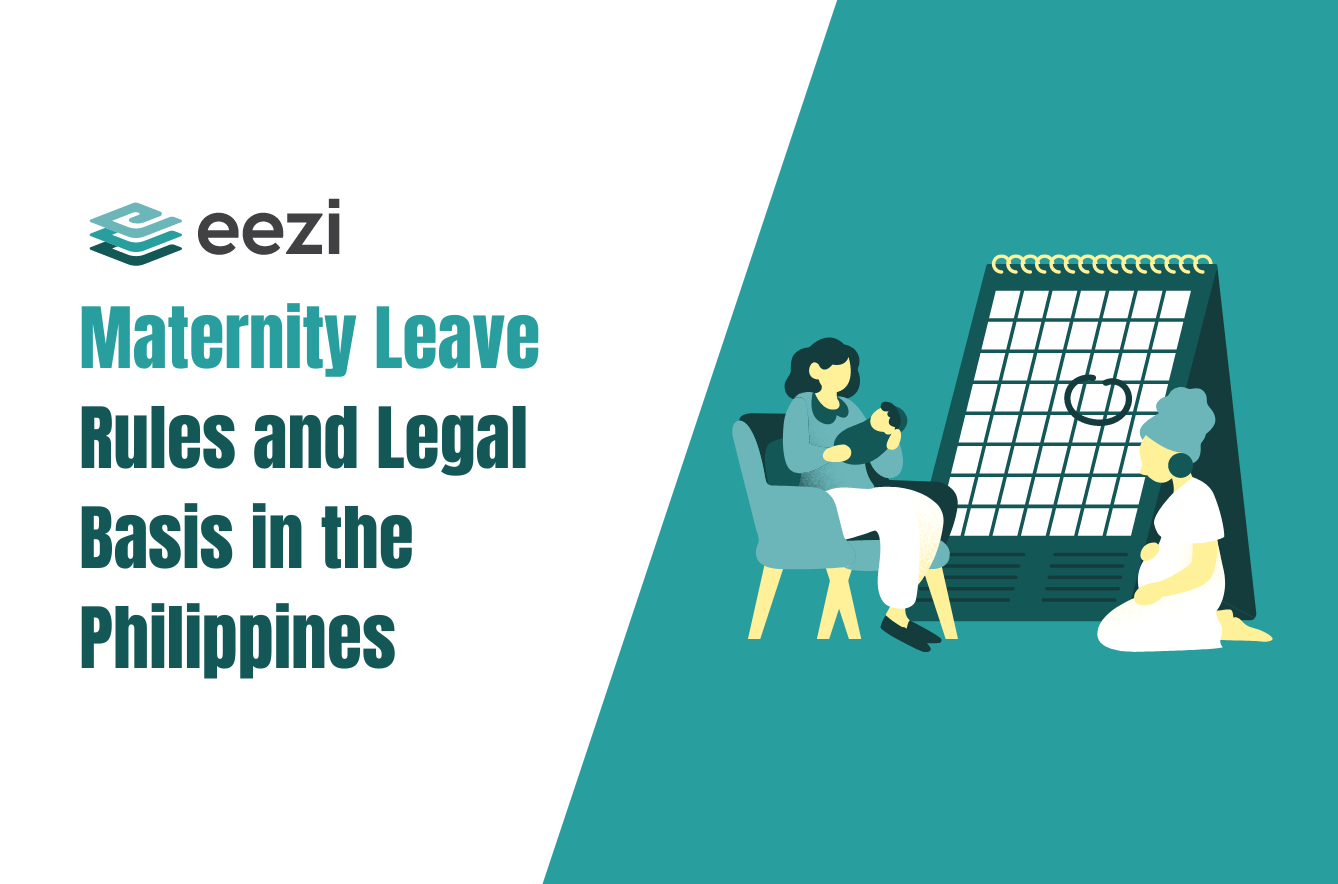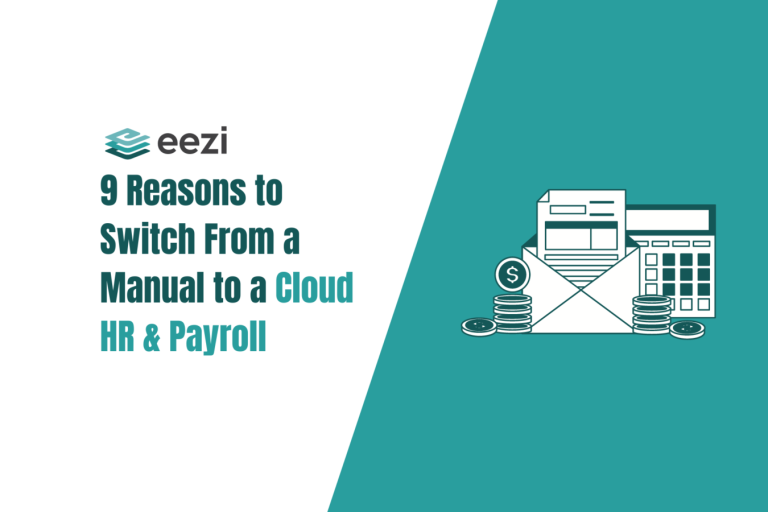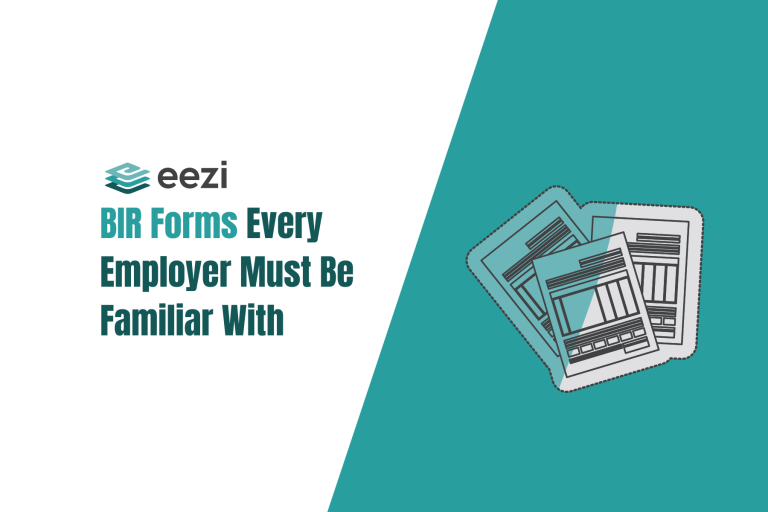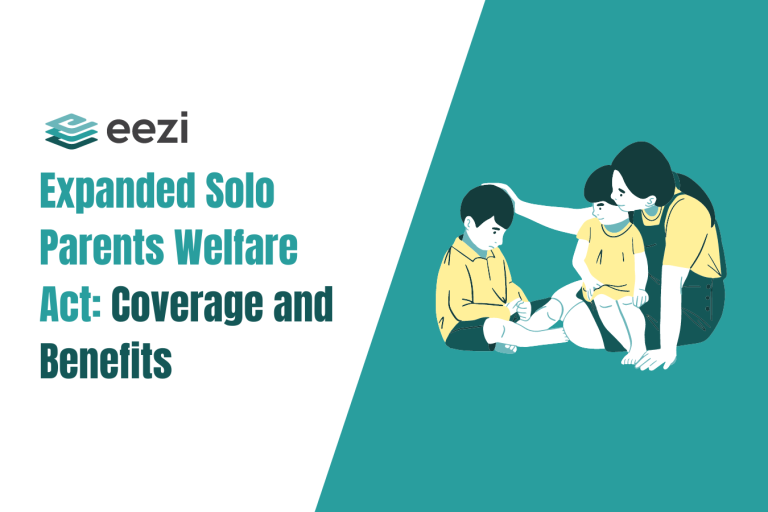What are the maternity leave benefits for women in the Philippines?
Key Points
- The expanded maternity leave in the Philippines extends the pregnant employee’s paid leaves from 60 days to 105 days. Moreover, it also removed the limit on how many times the mother can avail of such benefits.
- The mother could request an additional 30 days of leave on top of the 105 days; however, it will not be paid.
- Under the new law, solo parents also get an extra 15 days of paid leave.
- To count the 105 days of maternity leave, you must include Saturdays and Sundays as the law grants it in calendar days.
- The 105 days of leave applies to live births, regardless of the delivery method.
- The leave shall be 60 days for miscarriage and emergency termination.
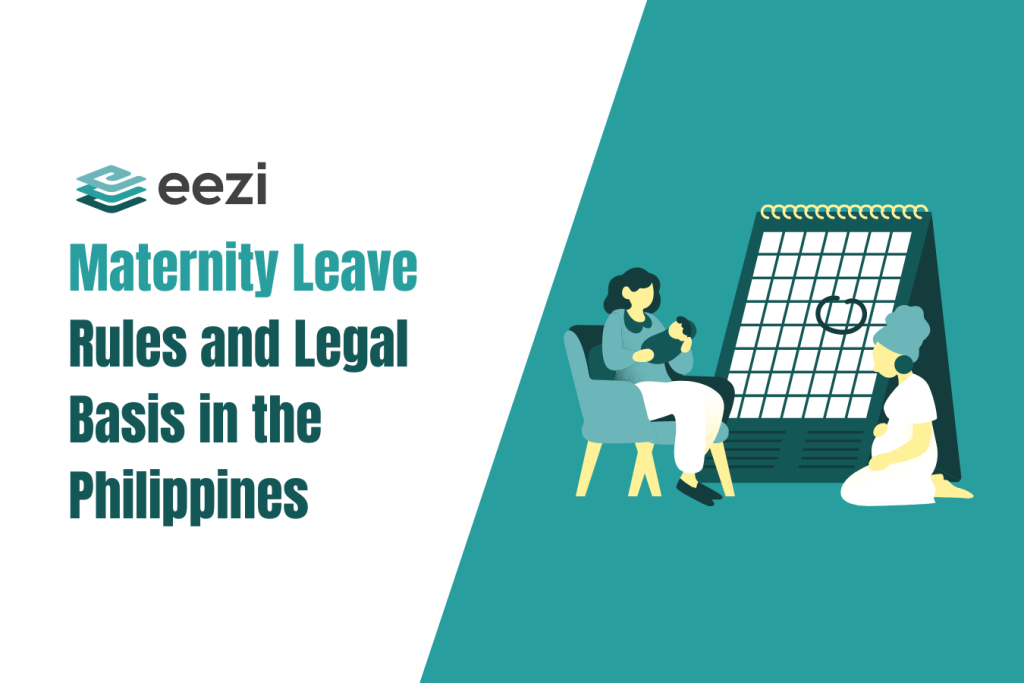
In our modern society, mothers need not stay at home and let their partners do all the earnings. That is why our laws greatly protect them and offer equal opportunity. One of these laws is the institution of maternity benefits.
What is the maternity leave law?
The maternity leave law in the Philippines, officially referred to as the “105-day Expanded Maternity Leave Law” or Republic Act (R.A.) No. 11210, is a crucial amendment to Republic Act No. 7322.
Under this expanded law, the paid leaves for pregnant female worker is extended to 105 days, and they receive improved financial support during this critical period.
This law also aligns with the principles of the 1987 Constitution. More specifically, it emphasizes the protection and advancement of the rights and welfare of working women, particularly during pregnancy.
This ensures the well-being of both the expectant mother and her unborn child. Lastly, it also fosters an environment that promotes the professional growth and empowerment of women in the workforce.
Previous leave benefits
- Normal delivery: 60 days of paid leave credits
- Caesarian delivery: 72 days of paid leave credits
- Miscarriage or emergency termination: 60 days of paid leave credits
- The redemption of these maternity benefits is limited to the first four (4) deliveries or miscarriages
Expanded leave benefits
- 105 days of paid leave credits regardless of the delivery
- Unlimited redemption as opposed to the previous four (4) deliveries or miscarriages
- Additional 15 days on top of the 105 days for solo parents
What is the legal basis for maternity leave benefits?
These leave benefits are based on existing laws in the country, namely:
- Magna Carta of Women in the Philippines
- Article XIII, Section 14 of the 1987 Constitution, which covers the protection of women in the workplace.
However, the expanded maternity leave law brought in significant enhancements. The new law allows women a longer recovery and bonding time with their newborns while receiving essential cash benefits for added peace of mind.

What are the new maternity leave benefits?
The 105-day Expanded Maternity Leave Law furthers the support for women during their pregnancy and after their delivery. Below, we summarize the maternity leave benefits that eligible employees can use.
Expanded paid maternity leave credits
The paid maternity leave credit in the Philippines is 105 days for all female workers, including those in the public and private sectors and those engaged in the informal economy. This entitlement applies irrespective of their employment status or civil status.
Specific rules
- Female workers shall receive their allowance and benefits even when on maternity leave prior to giving birth and up to six months after childbirth
- In cases of miscarriage or emergency termination of pregnancy, female workers are entitled to 60 days of paid leave
- Pregnant employees can use this maternity leave before and after childbirth
- The portion of the leave allocated after delivery must not be less than 60 days
- The paid leave must apply to all types of delivery, regardless of frequency
- Once granted, the leave cannot be postponed
How to compute the maternity leave benefits?
Calculating maternity leave benefits in the Philippines is straightforward. Here’s how it works:
105 days x 100% of Average Salary Credit
- The leave lasts for 105 days, and it can start as early as 45 days before your expected delivery date. It may also start as late as 60 days after giving birth. Note that the employee must use their maternity leave period in a continuous and uninterrupted manner.
- The pregnant woman shall receive 100% of your daily basic salary during this period.
- Your employer will be reimbursed by the Social Security System (SSS) for the full amount they pay you as maternity leave benefits. They need to provide proof of payment to the SSS.
Transfer of paid maternity leave
A pregnant member who is entitled to maternity leave benefits can transfer up to seven days of paid leave to the father of the child.
Additional Paid Leave Extension for Solo Parents
Female workers who are solo mothers and qualify for the Solo Parents Welfare Act are granted an additional 15 days of paid leave. This is on top of the 105 days of maternity leave under the provisions of the act. In other words, a female worker entitled to maternity leave will get 120 days if she is a solo parent.
Read more: What is the Solo Parents Welfare Act?
Additional 30-day Extension
A female worker is also granted the benefit of extending their maternity leave for 30 days if they choose to. However, these additional 30 days of leave will not be eligible for pay.
Leave Allocation
A female worker can also allocate a maximum of seven (7) days of leave credits to the child’s father. This is regardless if they are married or not.
In case of the female worker’s death or incapacity, her benefits can be transferred to an alternate caregiver. Furthermore, the caregiver must be a relative or the current partner of the female worker sharing the same household. However, this depends on who the mother elects.
The Paternity Leave Act also has supporting provisions for this rule. Suppose the female worker dies or is permanently incapacitated. In that case, the father can have her remaining maternity leave credits. However, this will eventually depend on the child’s best interest.
Read more: What is the Paternity Leave Act of the Philippines?
Who can qualify for paid Maternity Leave benefits?
The paid leave benefits are available to a wide range of women in the Philippines who meet specific criteria. Here’s a list of eligible recipients who will get 100% of their average daily salary credit:
- Female employees in the government or public sector.
- Female employees in the private sector.
- Female voluntary, self-employed, or Overseas Filipino Workers (OFW) SSS contributors who have made at least three (3) monthly contributions within the 12-month period immediately preceding the semester of childbirth, miscarriage, or pregnancy termination.
- Terminated female employees who have given birth, had a miscarriage, or experienced emergency termination of pregnancy not more than 15 days after leaving their job.
- Women who are not contributors to the Social Security System (SSS) can still be covered under PhilHealth Circular No. 022-2014, also known as the “Social Health Insurance Coverage and Benefits for Women About to Give Birth.”
These criteria ensure that a broad range of women can access the leave benefits in the Philippines in preparation for and after childbirth.
Related: Government-mandated benefits for private employees
Female workers who are non-SSS members
For female workers who are not SSS members, the Philippine Health Insurance Corporation (PhilHealth) covers their maternity leave benefits.
Is maternity leave included in the 13th-month pay?
No, it is not part of the 13th-month pay computation in the Philippines. The 13th-month pay, mandated by Presidential Decree No. 851, ensures that employees receive an extra month’s salary, calculated as 1/12 of their total annual basic salary.
On the other hand, parental leave is a separate entitlement provided by the Philippine Social Security System (SSS) for eligible female employees who have given birth or experienced a miscarriage or abortion.
While maternity leave provides paid time off for childbirth recovery, the 13th-month pay is a financial bonus for employees.
SSS Maternity Leave Requirements
The general requirements for SSS maternity benefits are as follows:
- SSS Membership: The member must have at least three (3) monthly contributions within the 12-month period right before the semester of her childbirth or miscarriage.
- Notification to the Employer: The member must notify her employer about her pregnancy and intention to avail of maternity leave at least 60 days from the date of conception or as soon as practicable.
- Submission of Maternity Notification Form: The member must submit the Maternity Notification Form to her employer. She must also submit a copy for the SSS.
- Documents Required:
- Maternity Notification Form (received by SSS).
- Proof of pregnancy, such as a medical certificate from the attending physician or clinic.
- If necessary, the SSS may require additional documents.
- SSS Maternity Benefit Application Form: After giving birth, the member should submit the Maternity Reimbursement Application (MRA) form. With it should be the required supporting documents, which she will submit to the nearest SSS branch.
Employer’s Penalty for Non-Compliance
Adhering to maternity leave and benefits regulations is crucial for employers in the Philippines. Non-compliance can lead to severe penalties, legal troubles, and a damaged reputation.
Financial Penalties
Non-compliance with maternity leave regulations can result in:
- Fines: Companies that fail to comply with the law’s requirements risk fines of up to Php 200,000 but no less than Php 20,000.
- Back Pay and Benefits: Employers may need to compensate employees for missed wages and benefits, including salary and health benefits.
Legal Consequences
Beyond financial penalties, non-compliant employers may face:
- Lawsuits: Employees can sue for non-compliance, potentially leading to costly legal battles and compensation for damages.
- Government Sanctions: The Department of Labor and Employment (DOLE) can impose additional sanctions, including imprisonment for a minimum of six years and one day and a maximum of twelve years, in addition to the refusal to renew business permits.
Moreover, non-compliance can severely harm a company’s reputation, ruining its public image and customer trust.
By understanding and complying with the requirements, employers can ensure they support their employees effectively and maintain a positive business environment.
Grant benefits more conveniently with eezi
Do you own a business? eezi ‘s cloud-based HR and payroll software can take care of your employees’ benefits. It allows for easier filing and processing of employee benefits, like parental leave benefits for your female employees. Give eezi a try!
